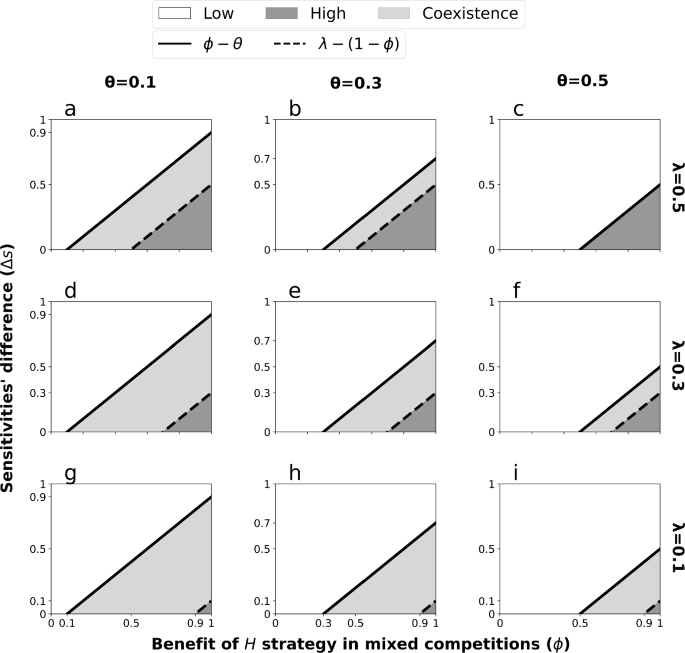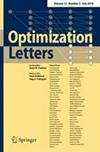Plants’ competition under autotoxicity effect: an evolutionary game
IF 1.1
4区 数学
Q2 MATHEMATICS, APPLIED
引用次数: 0
Abstract
Abstract We develop a $$2\times 2$$

植物自毒效应下的竞争:一种进化博弈
摘要:本文建立了一个$$2\times 2$$ 2 × 2进化矩阵博弈模型来模拟自毒性作用下的植被动态。自毒现象是指植物自身引起的对植物生长不利条件的土壤上升。将博弈的纳什均衡策略与诱导种群动态平衡点的稳定性联系起来,探讨了在何种条件下低敏感性和高敏感性植物共存,以及在何种条件下单特异性种群在竞争中占主导地位。在此基础上,我们研究了两种不同类型植物的最优分布,以最大限度地提高累积总适应度,并确定这种分布是否稳定。本研究的主要结果是分析低敏感性植物混合种群和单特异种群实现最高总适合度的必要条件。相比之下,我们认为高敏感植物的单特异性种群永远无法最大化整体适应度。
本文章由计算机程序翻译,如有差异,请以英文原文为准。
求助全文
约1分钟内获得全文
求助全文
来源期刊

Optimization Letters
管理科学-应用数学
CiteScore
3.40
自引率
6.20%
发文量
116
审稿时长
9 months
期刊介绍:
Optimization Letters is an international journal covering all aspects of optimization, including theory, algorithms, computational studies, and applications, and providing an outlet for rapid publication of short communications in the field. Originality, significance, quality and clarity are the essential criteria for choosing the material to be published.
Optimization Letters has been expanding in all directions at an astonishing rate during the last few decades. New algorithmic and theoretical techniques have been developed, the diffusion into other disciplines has proceeded at a rapid pace, and our knowledge of all aspects of the field has grown even more profound. At the same time one of the most striking trends in optimization is the constantly increasing interdisciplinary nature of the field.
Optimization Letters aims to communicate in a timely fashion all recent developments in optimization with concise short articles (limited to a total of ten journal pages). Such concise articles will be easily accessible by readers working in any aspects of optimization and wish to be informed of recent developments.
 求助内容:
求助内容: 应助结果提醒方式:
应助结果提醒方式:


